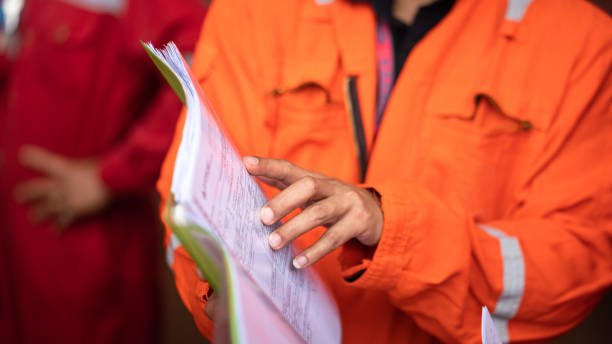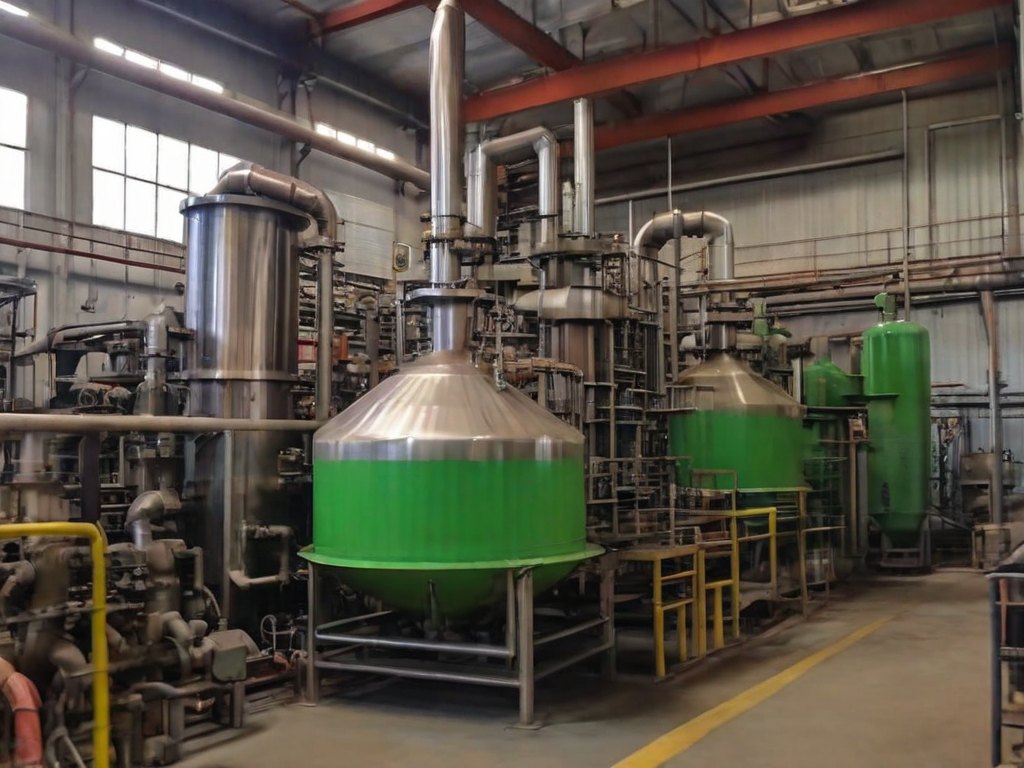As technology continues to evolve, the use of intrinsically safe cameras in hazardous environments has become increasingly prevalent.Leading suppliers like the Intrinsically Safe Store design these cameras to operate safely in potentially explosive atmospheres. However, the recording and storage of footage from these cameras are subject to certain legal requirements. This article will delve into these legalities, providing valuable insights for businesses operating in such environments.
Understanding Intrinsically Safe Cameras
Engineers specifically design intrinsically safe cameras to prevent ignition in hazardous environments like oil and gas facilities, chemical plants, and mining operations. The design limits the available energy, both electrical and thermal, for ignition. This makes them a crucial tool for safety and surveillance in these high-risk areas.
Legal Requirements for Recording Footage
While the use of intrinsically safe cameras is essential for safety and security, the recording of footage is subject to various legal requirements. These laws vary by country and region, but some common legal considerations include:
- Consent: In many jurisdictions, it is illegal to record individuals without their consent. This applies to both audio and video recordings.
- Notification: Some laws require businesses to notify individuals that they are being recorded. This is often achieved through signage.
- Privacy: Privacy laws often limit where cameras can be placed. For example, it is typically illegal to place cameras in areas where individuals have a reasonable expectation of privacy, such as restrooms or changing rooms.

Legal Requirements for Storing Footage
Once someone records footage, legal requirements also mandate its storage. These laws aim to protect individual privacy and maintain the integrity of the footage. Some common legal requirements for storing footage include:
- Data Protection: Many jurisdictions have laws that require businesses to protect the data they collect. This includes video footage, which must be stored securely to prevent unauthorized access.
- Retention Period: Often, laws specify the duration for storing footage. After this period, one must delete the footage.
- Access: Individuals often have the right to access footage of themselves. Businesses must have a process in place to handle such requests.
Case Study: GDPR and Intrinsically Safe Cameras
A prime example of legal requirements for recording and storing footage is the General Data Protection Regulation (GDPR) in the European Union. This regulation has strict rules for the collection, storage, and use of personal data, including video footage. Non-compliance can result in hefty fines, making it crucial for businesses to understand and adhere to these regulations.
Legal Compliance for Camera Footage Storage
Recording and storing footage from intrinsically safe cameras involves navigating a complex landscape of legal requirements. These laws, which vary by jurisdiction, are designed to protect individual privacy and ensure the integrity of the footage. Businesses must be aware of these laws and implement robust policies and procedures to ensure compliance.
For more information on intrinsically safe cameras and how to navigate these legal requirements, visit the Intrinsically Safe Store. Our team of experts is ready to assist you with all your intrinsically safe equipment needs. Contact us today to learn more.


